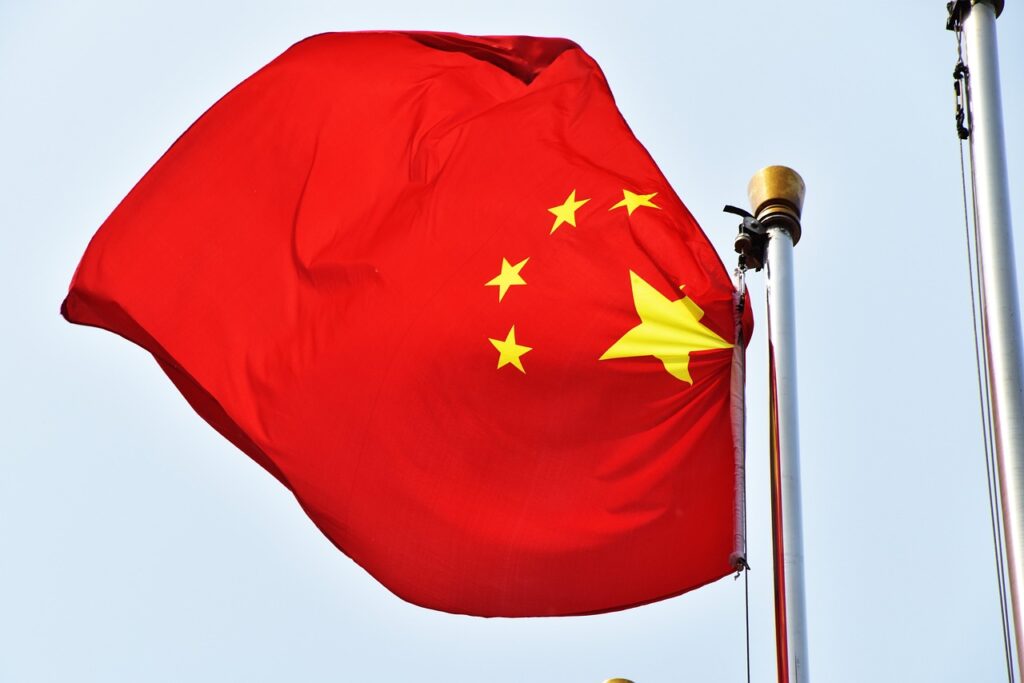Real Estate Market on the Brink
China’s real estate market faces crisis, once a cornerstone of its economic strength, is now in a severe downturn. Stricter regulations on developer borrowing in 2021 triggered a dramatic collapse, slashing property prices by 50%. Today, approximately 81 million housing units remain vacant, illustrating the depth of the crisis.
The country’s shrinking population exacerbates this issue. Since peaking at 1.43 billion in 2020, the population has dropped by 10 million. Experts predict it could plummet to 767 million by the end of the century. This decline not only reduces housing demand but also threatens China’s long-term economic stability.
Consumer Spending Drops Amid Deflation
Economic uncertainty and a declining population have significantly weakened domestic spending. Consumer prices have fallen for six consecutive quarters, pointing to persistent deflation.
Despite government efforts, including stimulus packages and easier monetary policies, economic recovery remains elusive. Analyst Marcus Weyerer from Franklin Templeton notes that rising unemployment and falling real estate values continue to erode confidence. Without comprehensive reforms, China risks entering a prolonged period of stagnation, similar to Japan’s economic struggles in the 1990s.
Export Dependency Faces Global Resistance
With domestic consumption faltering, China has turned to exports as a lifeline for economic growth. However, global trade barriers present significant challenges. The European Union has implemented tariffs on Chinese goods, and the United States has maintained strict trade restrictions. Former President Donald Trump has proposed increasing tariffs on Chinese imports to 60%, adding further strain.
China’s automotive industry highlights the challenges of this strategy. In 2024, the country produced 28 million vehicles, far below its production capacity of 60 million. Weak domestic demand and limited access to export markets exacerbate the problem of overproduction.
The Path Forward: Urbanization and Reform
China’s ability to overcome these challenges depends on structural reforms and urbanization. Wang Wen of Renmin University believes urbanization could drive economic recovery. Increasing the urban population from 65% to 80% could move 200 to 300 million people into cities, boosting demand and economic activity.
However, the gap between China’s economy and the United States continues to widen. In 2024, China’s GDP reached $18.2 trillion, significantly trailing the U.S. at $27.6 trillion. To close this gap, China must implement bold reforms and stimulate domestic consumption. With the right strategies, the country could regain its economic momentum and build a sustainable future.
